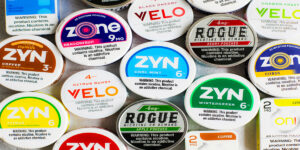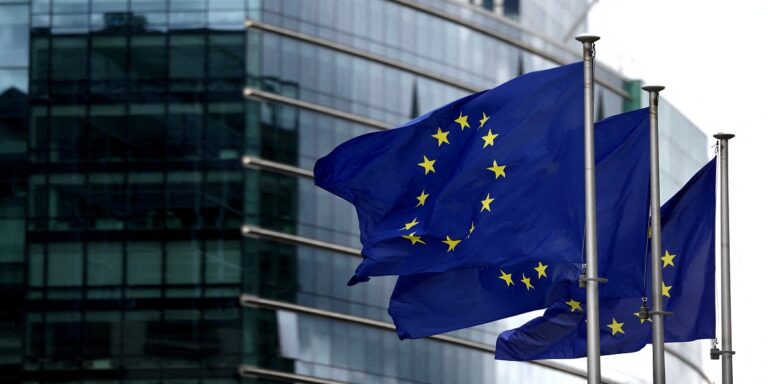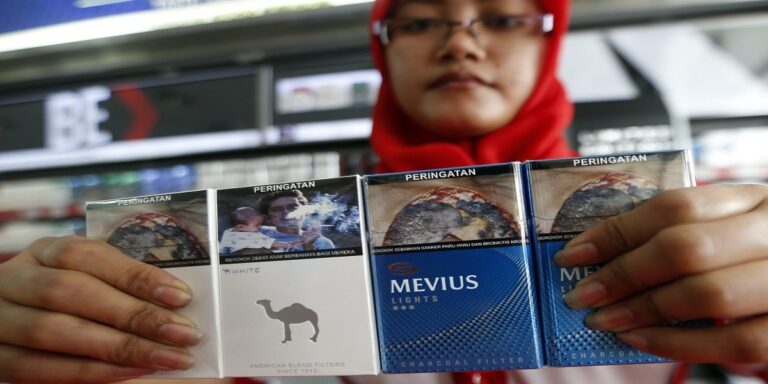Starting April 1, 2025, Belgium will enforce a nationwide ban on the public display of tobacco products in stores. This regulation, announced by the Belgium Federal Public Health Service (FPS), aims to reduce the visibility of tobacco products and consequently lower the national smoking rate. The ban encompasses all tobacco and related products, including cigarettes, cigars, e-cigarettes, filters, and rolling papers.
Background of the Ban
The ban on displaying tobacco products was initially set to take effect on January 1, 2025. However, it has been postponed by three months to allow retailers additional time to comply.
Effective Date and Scope of the Ban
From April 1, 2025, all stores across Belgium will be prohibited from publicly displaying tobacco products. This ban applies to a wide range of products, including:
- Cigarettes
- Cigars
- E-cigarettes
- Filters
- Rolling papers
The regulation mandates that these products and their brand logos must be hidden from public view to reduce their appeal, especially to young people.
Purpose of the Regulation
The primary goal of this regulation is to reduce the visibility of tobacco products, thereby lowering their attractiveness and accessibility. By making tobacco products less visible, the Belgian government aims to discourage smoking initiation among young people and support current smokers in quitting.
Details of the New Regulation
Under the new rules, retailers must ensure that all tobacco products and associated brand logos are completely out of public sight. This means using cabinets, drawers, or other means to hide these products from view. The intent is to minimize the visual presence of tobacco products in retail environments.
Impact on Retailers
The ban requires significant changes in how retailers manage and display their tobacco products. Retailers will need to invest in new storage solutions and modify their store layouts to comply with the regulation. This could involve financial costs and operational adjustments to ensure that tobacco products remain hidden from customers.
Penalties for Non-Compliance
Retailers who fail to comply with the new regulation will face severe penalties. These include fines ranging from 2,000 to 800,000 euros and the possibility of up to one year in prison.
Consumer Information and Price Lists
To help consumers understand what tobacco products are available, the regulation allows retailers to provide price lists that include product names and brands. However, these lists must not feature any brand logos or promotional content. This ensures that consumers can access necessary information without being influenced by brand visibility.
Reaction from the E-Cigarette Industry
The Belgian Association of Vape Retailers and Distributors (VapeBel) has expressed disappointment with the ban. VapeBel argues that specialty shops play a crucial role in effective age verification and providing information on smoking cessation products to adult smokers. They have called on the government to make exceptions for specialty shops, a recommendation also supported by the Belgian Superior Health Council. However, the federal government remains firm in its decision to make tobacco products almost invisible to the public.
Challenges Faced by Retailers
Retailers, particularly small businesses, face several challenges in complying with the new regulation. These include the cost of modifying store layouts and potential losses in sales from reduced visibility of tobacco products. Additionally, retailers must ensure that staff are adequately trained to manage the new display requirements.
Increased Cigarette Prices and Smoke-Free Public Spaces
Alongside the display ban, the Belgian government has increased cigarette prices through higher taxes and committed to expanding smoke-free public spaces. These measures are part of a comprehensive strategy to reduce smoking rates and protect public health.
Public Health Benefits
The expected public health benefits of the display ban are substantial. Reducing the visibility of tobacco products is anticipated to lower smoking initiation rates among young people and support current smokers in quitting. This could lead to a significant decrease in smoking-related diseases and overall healthcare costs.
Comparisons with Other Countries
Belgium’s regulation is part of a global trend towards stricter tobacco control measures. Countries like the UK, Ireland, and Australia have implemented similar bans on tobacco product displays, with positive results in reducing smoking rates. Belgium aims to replicate these successes and further enhance public health.
Support for Smokers
Various resources and programs are available to support smokers in Belgium. These include smoking cessation services, public health campaigns, and resources provided by healthcare professionals. The government encourages smokers to take advantage of these supports to quit smoking and improve their health.
Future of Tobacco Legislation in Belgium
As public health priorities continue to evolve, Belgium may introduce further tobacco control measures. Continuous evaluation of the current regulation’s impact will inform future legislative actions aimed at further reducing tobacco use and enhancing public health.
FAQs
What products are affected by the ban?
The ban covers all tobacco and related products, including cigarettes, cigars, e-cigarettes, filters, and rolling papers.
When does the ban take effect?
The ban will be enforced starting April 1, 2025.
What are the penalties for non-compliance?
Retailers who do not comply with the ban face fines ranging from 2,000 to 800,000 euros and up to one year in prison.
Can retailers provide information about tobacco products?
Yes, retailers can provide price lists that include product names and brands, but these lists must not contain any brand logos.
What other measures is the Belgian government taking to reduce smoking?
The government has increased cigarette prices through higher taxes and committed to increasing smoke-free public spaces.
How does the e-cigarette industry view the ban?
The Belgian Association of Vape Retailers and Distributors (VapeBel) has expressed disappointment, advocating for exceptions for specialty shops.

